The Academy has only ever nominated two female cinematographers in its 94-year history. This month, Ari Wegner ACS could make history by being the first to win. IBC365 spoke with her.
The Academy of Motion Picture Arts and Sciences, which runs the Oscars, is not alone in perpetuating the craft of cinematography as a male-only club. The chief creative triumvirate on a film of director, editor and DP (not to mention production execs) remain overwhelmingly male, but over the past few years the glass ceiling has cracked. Last month the British Society of Cinematographers (BSC) gave its most prestigious award for the first time to a female director of photography.
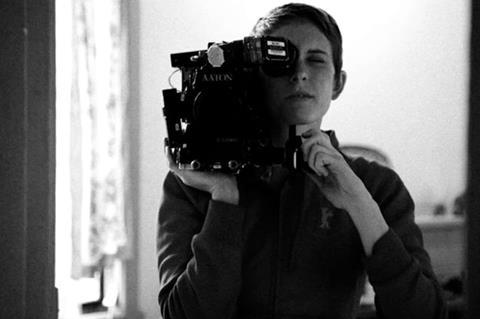
Ari Wegner was in London to collect it for her work lensing Jane Campion’s western The Power of the Dog.
That’s enough of a set up. This article is not defining the Australian DoP by gender and I didn’t ask her about it. What we’re interested in is how she sees the world and puts that experience on screen in an extraordinary run of films from Lady Macbeth and True History of the Kelly Gang to In Fabric and Zola.
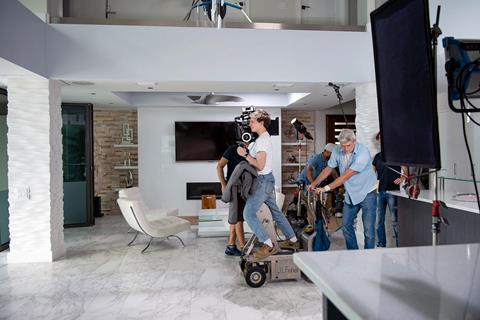
“As a teenager my life was very much about painting, sculpture and photography and a general appreciation of the aesthetics of light,” she says. “We’d spend weekends in art galleries not just passively observing. My folks [her father is a visual artist] would actively involve my sister and I in asking for our thoughts on what we were seeing. But it was holistic too, embracing furniture and architecture, asking what makes something visually pleasing. Is there unity or disharmony? Looking back, I can see how the culmination of all that makes seeing the world in a visual way come quite naturally.”
“The moment you go from film school sets to an actual set you are very humbled in terms of what you think you know. It blew my mind,” Ari Wegner
As a “voracious” reader and writer she combined an interest in visual arts with storytelling that led her to study filmmaking at the Victorian College of the Arts in Melbourne.
“As soon as I started shooting for other directors in the class it ignited my passion for cinematography,” she says. “It crossed my mind to become a director but to be a director requires so much conviction. That’s something I see the more films I make - you either have that drive or you don’t.”
Film school
In the last year of film school Wegner got the chance to visit sets under the tutelage of Robert Humphreys ACS (“a wonderful and generous mentor”).
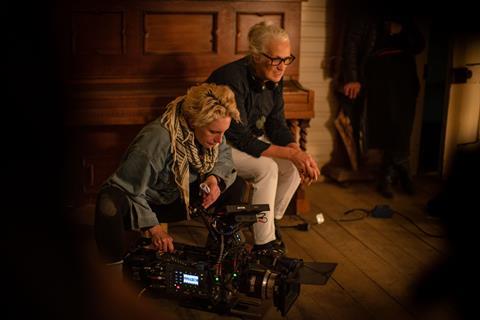
“The moment you go from film school sets to an actual set you are very humbled in terms of what you think you know. It blew my mind.”
She gravitated to 2nd AC on films like Snowtown for director Justin Kurzel with whom she would later make ‘Kelly Gang’.
“The 2nd AC role is often under appreciated. You have amazing access. It’s supposedly a junior entry role but you are at the centre of a lot of departments. You always do the slate so you are at the core of where the action is happening. You can see a director working with an actor or how the DP works with the 1st AD. At that stage when you’re such a sponge absorbing information even a poor day is fascinating.”
In parallel, Wegner was crewing or photographing a number of short films as part of a network of film school alumni around Melbourne’s “DIY ecosystem” of young filmmakers.
These included local DPs Stefan Duscio (The Invisible Man), Adam Arkapaw (who shot Top of the Lake for Jane Campion) and Greig Fraser (who shot Dune and vies with Wegner for the 2022 Oscar).
In 2009 she worked with Fraser on outback drama Last Ride, although it was one of those shoots where the roles weren’t clearly defined.
“I think it’s an Australian thing, this very loose hierarchy on set,” she says. “Sometimes I was B-camera op, sometimes shooting second unit without the director, or Greig’s focus puller on the weekends, other times doing some admin or taking everyone’s laundry to the laundromat. We were shooting in the middle of nowhere north of Adelaide. It was incredibly scenic and remote and really wonderful.”
She adds: “Greig’s enthusiasm and encouragement taught me that even if you don’t have the most experience your instincts are still really valid.”
Working with directors
During this time, she began to “understand how to work with light” and with directors. She places emphasis on spending time with the director in pre-production.
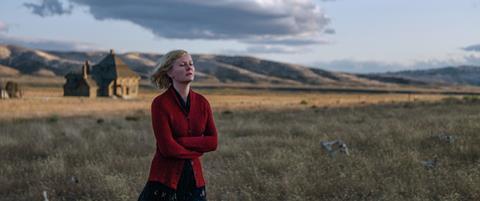
“It’s a very intangible process since every director is so different, but one of the most important things for me is to get to know them. I want to understand what their taste is and how they want to work, how they want the shoot day to look, what their pet hates are. That goes both ways of course. Some directors express it very openly and with others you have to hunt for it. Maybe that’s any friendship really. You are slowly learning more about someone the more you are with them.”
“When I’m consuming any narrative, I like to look for interesting ways that information can be passed on. It’s curiosity about the world,” Ari Wegner
There’s typically an aspect of every film which causes anxiety to the creative team. This can be a vague sense of unease “which the director never quite gets to talking about it openly” or it can be worse-case scenarios.
Last year she shot psychological thriller The Wonder for director Sebastián Lelio in Dublin where the biggest concern was filming with a child actor. “You can plan 30 shots a day but only have the kid for 3.5 hours so you need to plan work around that. With Jane [Campion] her concern was the weather and how that might wreck our plans.”
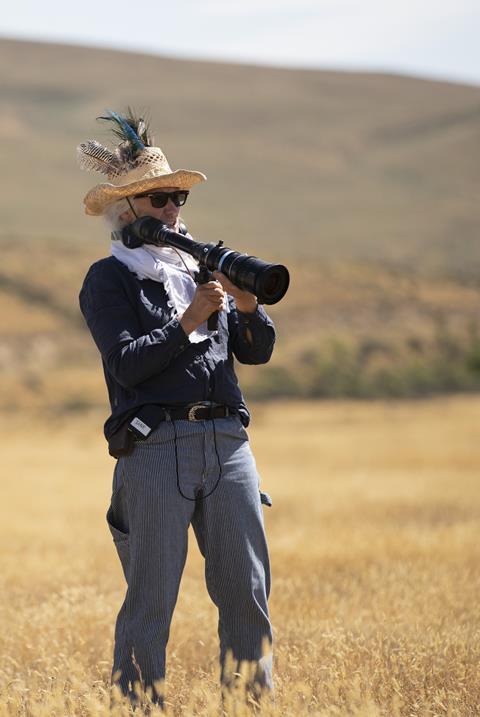
She adds: “Some directors really like to draw – Jane is a beautiful illustrator – and that also helps getting ideas out on paper. On the last two films I’ve done I used photo boards by going to locations with a director or assistant and taking photos to come up with the coverage. It’s something I learned from Lodge Kerrigan (director and showrunner on The Girlfriend Experience, for whom Wegner lensed episodes of season 2).”
She credits the success of her working relationship with Campion (that began on a commercial for ANZ bank in 2015) to the year they spent together location scouting in New Zealand, storyboarding, and developing The Power of the Dog’s visual style.
Approach to prep
“It was incredibly exciting to be able to prepare properly and spend the time to get it right. I didn’t do any other projects in that period. We spent a huge amount of time on that site in prep, getting to know the landscape and the building [the main ranch set], understanding how the light worked and what the best times of day were.”
Earlier in her career Wegner had spent weeks virtually camping out in Auckland Airport with the director to film a drama.
“It’s the origin of my approach to prep which is just seeing what a location feels like as a director and DP team, to be really on top of a location. We’d go to the airport all different times of day and night. I knew every corridor and parking slot and what time was busiest on a Wednesday – there’s something in feeling all that that translates to what you see on screen.”
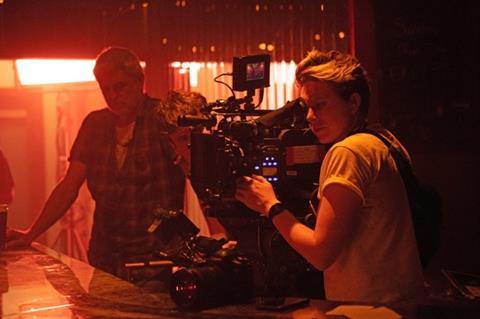
Her instinct for script and director has seen her work across a selection of the most acclaimed indie films of recent years. She helped bring a “punkish energy” to Kurzel’s take on the legendary bush outlaw Ned Kelly and leant “clarity and verve” to William Oldroyd’s feature debut Lady Macbeth that felt “like Victorian noir… a chilling subversion” of Shakespeare’s classic, said The Guardian critic Peter Bradshaw.
Wegner and British director Peter Strickland made the deviant In Fabric a Giallo-infused AMSR spine-tingler, and in 2021 she employed a painterly, docudrama-style using 16mm on Janicza Bravo’s frank and funny feminist road trip Zola.
ForThe Power of the Dog her camera work is deliberately austere in terms of flourish while meticulous in presenting every scene as if from a painting by landscape and portrait artist Andrew Wyeth.
Ways of seeing
“A painting is one frame but you can stare at it for hours,” she says. “How do you tell a story with a window, a chair, a person, a curtain? How do you create atmosphere with these elements? Is it about the time of day, the temperature of the air, the energy of the person, a sense of the room?”
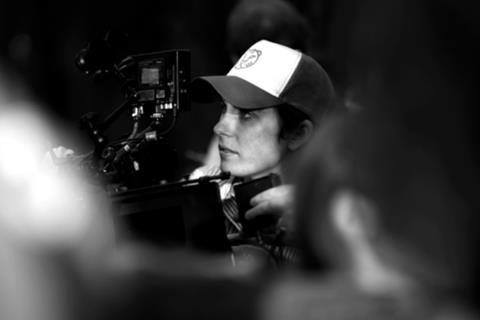
She takes dozens of photos a day on her phone of scenes that capture her imagination and that form a visual notepad of ideas. Her latest was a view from the airplane flying between London and LA.
“Having this mindset means that everywhere you look the most interesting film you’ve ever seen or article you’ve ever read is right in front of you. You can look at any surface and try and figure out how it’s being lit then prove or unprove your hypothesis by putting your hand in front of the light or moving your head side to side or seeing what is happening with the reflections.
“But for me it’s also about story. When I’m consuming any narrative, I like to look for interesting ways that information can be passed on. It’s curiosity about the world. Asking what’s going on, breaking it apart and zooming out and trying to work out how the story is being created.”
With a growing personal awards portfolio, Wegner is in high demand. She has just reteamed with Oldroyd in New Jersey to shoot drama Eileen starring Anne Hathaway and Thomasin McKenzie.
“I always try to wipe the slate clean from the last shoot,” she says. “When you get to the end of a shoot your approach to lighting and colour palette and the rules of how you shoot a film – even the rhythm of the day - is quite internalised so you have to have enough of a break between films to purge that from body and mind.”

Wegner calls herself a “relentless tweaker” on set, always looking to improve something on take four or five or to make a quick fix on a problem that was bugging her.
“For a long time I operated the camera. I enjoy that really emotional connection with the actors. More recently I’ve had some great experiences with operators allowing me to step back and be closer to the director and more in touch with my gaffer.
“There’s also something about shooting the camera handheld that I could never give up. I love that very physical relationship to the scene. It’s almost meditation during which the rest of the world ceases to exist and it’s just watching a film that you are in control of and have full freedom over. It’s a great feeling to be dancing with actors and very, very responsive to what they are giving.”
IBC Digital provides industry insight and the opportunity to engage with exhibitors. Register here















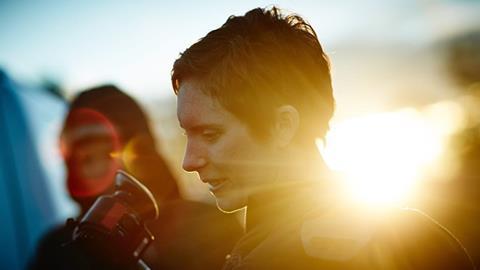












No comments yet